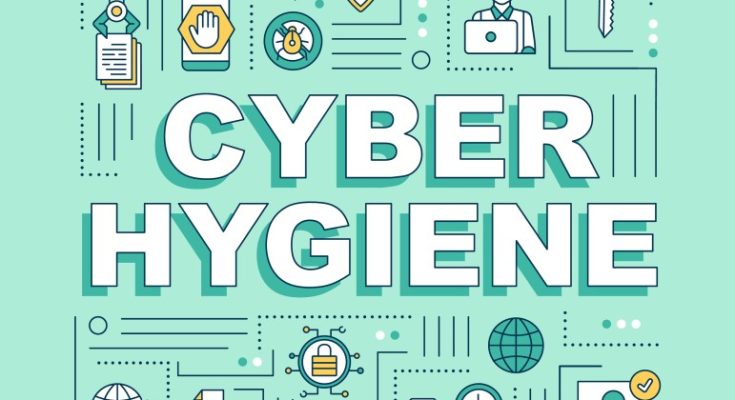JAKARTA, cssmayo.com – Hey! It’s wild how much our lives move online now. But honestly, Cyber Hygiene: Best Practices for Digital Safety isn’t something I thought much about—until one messy incident changed my game.
Cyber hygiene refers to the routine practices and habits that users and organizations adopt to maintain the health, security, and resilience of their digital environments. Just like personal hygiene keeps our bodies healthy, cyber hygiene protects our devices, data, and online identities from threats such as malware, phishing, and unauthorized access.
My Daily Cyber Hygiene Routine
- Morning Check-In
- Review notifications from my password manager for any weak or reused passwords.
- Apply pending OS and application updates on my laptop and phone before I start work.
- Throughout the Day
- Lock my screen (Windows + L or Ctrl + Command + Q) whenever I step away.
- Use a VPN on public Wi-Fi to encrypt all network traffic.
- Verify sender addresses and hover over links before clicking in emails or chat apps.
- End-of-Day Wrap-Up
- Back up new files to an encrypted cloud folder or external drive.
- Audit app permissions on my phone and revoke any I no longer need.
- Run a quick antivirus/anti-malware scan and clear browser cache and cookies.
Core Practices of Effective Cyber Hygiene
- Strong, Unique Passwords
• Use a password manager (1Password, Bitwarden) to generate and store complex credentials. - Multi-Factor Authentication (MFA)
• Enable MFA on every service that supports it—especially email, banking, and social media. - Regular Software Updates
• Keep operating systems, applications, and firmware patched to eliminate known vulnerabilities. - Least Privilege Principle
• Grant only the minimum necessary permissions to apps, services, and user accounts. - Data Backups
• Implement the 3-2-1 rule: 3 copies of data, 2 different media, 1 offsite (encrypted).
Top Tips to Enhance Your Cyber Hygiene
- Phishing Awareness
- Pause before you click. If an email or SMS seems urgent or unexpected, verify through a secondary channel (e.g., call the sender).
- Secure Your Home Network
- Change default router credentials, enable WPA3 or WPA2 at minimum, and segment IoT devices on a guest network.
- Use Encrypted Communication
- Prefer Signal or WhatsApp for end-to-end encrypted messaging; use Secure/Multipurpose Internet Mail Extensions (S/MIME) for email where possible.
- Monitor Your Digital Footprint
- Set up Google Alerts for your name; periodically review privacy settings on social platforms.
- Practice Safe Downloads
- Only install software from official sources or verified vendors; scan new files with antivirus before opening.
Common Pitfalls & How to Avoid Them
- Reusing Passwords
• Solution: Audit your vault monthly and replace duplicates with unique, auto-generated passwords. - Ignoring Software Prompts
• Solution: Schedule “update breaks” into your calendar so you can’t skip critical patches. - Overlooking Physical Security
• Solution: Use a privacy screen in public spaces and consider cable locks for laptops. - Neglecting Logs and Alerts
• Solution: Enable basic logging on devices and set up email or SMS alerts for suspicious activities.
Future-Proofing Your Digital Habits
- Passwordless Authentication: Embrace FIDO2/WebAuthn keys for phishing-resistant login.
- Zero Trust Mindset: Assume breach and verify every user/device before granting access.
- Automated Threat Hunting: Leverage AI-powered tools that continuously scan for anomalies.
- Privacy-Enhancing Technologies: Explore secure enclaves, homomorphic encryption, and differential privacy.
Conclusion
By weaving simple, consistent cyber hygiene habits into your daily routine, you dramatically reduce your risk of data breaches, identity theft, and system compromise. Start small—with one new habit this week—and build toward a resilient, secure digital life.
Elevate Your Competence: Uncover Our Insights on Techno
Read Our Most Recent Article About Quantum Cryptography: Unbreakable Security with Quantum Mechanics !





